Today we’ll be reviewing a few eCommerce best practices to make sure you are setting up your online store for success! More specifically, we’ll be looking at three areas of your business that you should audit:
- Website performance
- Marketing plan
- Conversion strategy
By the end of this article, you’ll see just how easy it can be to set up and run a successful eCommerce business this year. Let’s dive in!
eCommerce Best Practices: Improve Website Performance
When you look at the modern web, it’s hard to believe that the internet was publicly released less than 30 years ago (August 6, 1991, for those wondering ?). We’ve come a long way from the small, basic sites of the 90s and early 2000s.
For web users, all of the improvements over the last two decades have been great. For merchants, however, all those changes can be a bit overwhelming. After all, your customers now have certain expectations about your site’s performance.
Plus, it’s not enough to just impress humans anymore. You also need to make sure your site meets the standards of the almighty Google, at least if you want to rank (which, of course, you do).
So when it comes to your site’s performance, here are three things you need for success.
Mobile-First Marketing
This is by far one of the most important eCommerce best practices for modern web use. In fact, so many people are shopping from their phones that the new term “M-Commerce” is catching on. While there are many mobile commerce stats to blow your mind, these ones really stand apart from the rest:
- 49% of website traffic comes from mobile users
- 49% of consumers use smartphones for shopping
- 61% of US consumers use their mobile device in stores to compare pricing
- Smartphones will make up 34% of US eCommerce sales in 2019
- M-commerce sales will account for more than half of all eCommerce sales by 2021
With mobile devices being so widely used now (and growing!), you need to make sure that your website is mobile-friendly. It’s commonly known that shopping cart abandonment rates are as high as 85% on mobile, so this should be your priority, not an afterthought.
But be warned: “mobile-friendly” doesn’t just mean it works well on your phone. You should be checking your site across a wide range of devices (Apple, Samsung, Android, Pixel, etc.) to make sure it is operating smoothly across the board.
If you want to know whether or not your site works on smartphones, check out Google Search Console’s Mobile-Friendly Test. This is a great (free) resource that will help you get back on track.
Once you’ve done that, you can begin optimizing your site with mobile in mind. A good example would be specifically engaging mobile visitors by showing a popup after inactivity.
Search Engine Optimization
As we said above, it’s no longer enough just to write for humans. Google’s web crawlers, along with other search engines, need to match websites with search queries. To do that, there are several factors their “crawl bots” are looking for.
Here’s the problem: there’s so much information on SEO by now that just learning the basics can feel like a monumental task.
But, here’s the solution: OptinMonster’s guide to SEO.
This easy-to-read article is loaded with everything you need to make sure your site is SEO-friendly. It covers the top ranking factors for websites including links (inbound, outbound, and internal), content, and RankBrain (user experience).
Oh, and it has a section that helps you out with mobile SEO which, as we’ve already covered, will be even more important down the road.
Another tool that we cannot suggest more highly would be SEMrush which not only lets you know about potential SEO-related problems with your site but also goes into detail on how to specifically fix them.
SEMrush is indispensable for optimizing your site’s ranking and performance.
There’s also All in One SEO, which will help you with your on-page SEO efforts.
With All in One SEO, you can easily optimize every page and post of your website. Its TruSEO score will give you an in-depth analysis of your optimization efforts along with actionable tips to improve.
It also comes with advanced WooCommerce SEO features to optimize product pages, product categories, product images, and more.
Google Search Console
This is an area where many eCommerce merchants slack off a bit: you need to gather accurate metrics on your visitors and your site’s performance.
Google Search Console is a free tool provided by Google that gives you everything you need to know to monitor your website. With Google Search Console, you can:
- Track visitors
- Check page load times
- See security issues
- See which pages are currently indexed
- Submit (and resubmit) sitemaps
- Optimize your online content
- Set up alerts to access metrics you care about more quickly
And so. much. more.
If you’re serious about running a successful online business (and we know you are), then Google Search Console is an absolute necessity. It shows you exactly what’s happening under the hood, how to fix any problems, and as we already said, it’s 100% free.
Not sure where to get started? Check out this guide to mastering Google Search Console.
It will get your site hooked up and running in minutes!
eCommerce Best Practices: Create a Marketing Plan
So much has changed in the world of eCommerce but, when you think about it, the core principles that have always guided business remain:
You need a good product and you need to let people know about it.
Let’s focus on the latter part of that equation (assuming you’ve got the product part down).
Marketing is going to get more and more interesting due to the number of avenues you have to explore. Just in terms of social media, there are over 65 options to choose from (don’t worry, only a handful of social media platforms really matter).
But let’s not overcomplicate this. At the end of the day, there are two marketing strategies that have been proven successful time and time again: organic content marketing and paid advertising.
Organic Content Marketing
Organic content marketing is a way of reaching your target audience by creating content that they’ll be drawn to. The benefit of going the organic route is that it builds highly loyal customers and can solidify your reputation as a leader in your field. The downside, however, is that it can take a while to start working.
Maybe that’s why statistics show that 63% of businesses don’t even have a concrete content strategy even though 85% of B2C marketers think content marketing is important.
At any rate, content marketing should definitely be a part of your marketing strategy. Here are a few types of content you can use for organic marketing which have been, traditionally, the most successful (and why they’re making it onto our list of eCommerce best practices):
1. Blogging
Blogs are an excellent way of creating content to engage your users, but they also increase your authority in your niche. It’s also a great way to get your website ranked on Google as you can build backlinks and advertise articles across social media. It’s even been shown that B2B marketers get 67% more leads when they use blogs.
2. Vlogging (or just “videos”)
Marketers are continually seeing the benefits of videos in their marketing strategy. Whether it’s a YouTube channel or just a funny little clip for social media ads, videos are incredibly valuable. In fact, 72% of brands have said that videos have improved their conversion rates.
Need some help getting your videos ranked on YouTube? We have your complete YouTube SEO guide right here.
3. Social Media Posts
The rise of Facebook took everyone by surprise. What started as a way for college students to keep in touch has turned into one of the most powerful companies on the planet.
It’s also survived the long line of social media platforms to emerge such as Twitter, Instagram (now part of Facebook), Pinterest, etc. When it comes to engaging with your customers and attracting new clients, consistently posting on a few social media platforms is one of the eCommerce best practices that will get you there.
4. Podcasts
This one made the list this year because of how rapidly it has grown in the last decade. We’re seeing more and more people are drawn to podcasts because they can listen to them in the car, at the gym, or while doing some chores around the house.
In 2019, 51% of the US population listened to podcasts (7% higher than the year before). Plus, as it turns out, podcast listeners are super loyal. 80% listen to all (or most) of an episode they download.
Want to add podcasts to your organic marketing efforts? Here are our top 12 expert picks for podcast plugins.
All of these forms of content can be excellent for an organic marketing strategy, though they only begin to scratch the surface. For more information, check out our ultimate guide to content marketing.
Paid marketing plans
Sometimes, you’ll want to shell out some cash for more aggressive, targeted marketing. This basically means paying for ads. Here are some of the most popular platforms with a good ROI (if you do it right):
1. Google Ads
Google Ads are a great starting point when you begin paid ads on any platform. This is especially true now since Google has changed their ad design to blend in with organic search results.
You can place ads with Google in two spots: directly on Google’s search engine (the “search network”) and on websites visitors are browsing (the “display network”). You will likely want to test a little of both to see which yields a better ROI.
Feeling a little out of touch with paid ads? Check out OptinMonster’s review of what makes a good clickthrough rate (CTR) with Google paid ads. That post is a good starting point for understanding click-through rates and how to drive more traffic with Google ads.
2. Facebook Ads
Facebook Ads have become one of the biggest powerhouses of advertising that has ever existed. Facebook reported $16.6 billion of revenue in their final quarter alone in 2018 (though, to be fair, some of those profits came from their acquisition of Instagram). The best part of Facebook ads is that you have detailed tracking information to make sure you’re getting the most bang for your buck.
But a word of caution: when you begin running ads, experiment in a way that gives your ad time to succeed but not enough time to fail. In other words, you want to track your ad’s success without tweaking it too often. Otherwise, your constant changes won’t give you enough time to accurately judge whether or not that ad is working.
For more information, read this post on 7 steps to optimizing Facebook ads to skyrocket your conversions.
3. Instagram Ads
Back in June 2018, Instagram hit over 1 billion active users. Plus, 60% of Instagrammers say they discover new products on the platform. It doesn’t take a marketing genius to see the advertising potential there.
As of right now, Instagram appears to be the forerunner for engagement through ads (58x more than Facebook and Twitter), it allows for audience targeting, and users can now purchase items directly from Instagram business accounts. Having an ad that takes users to your profile and lets them buy your product straight from the platform can boost user experience by simplifying the checkout process.
Needless to say, these are not the only places where you can go to spend money on ads. With so many options, you should do some research into which platform would be the smartest for your business to advertise on.
eCommerce Best Practices: Create a Conversion Strategy
So you’ve got your product, your website is performing awesomely, and you’ve been driving massive traffic to your blog via content or paid ads.
And then you’re left with a terrifying realization: with all the traffic coming through my site, why are my conversion rates still so low?
Simply getting people to your website isn’t enough. You need them to take some kind of strategic action if you want them to become loyal, paying customers.
Luckily, that’s where OptinMonster shines.
Here’s how it works:
Since you’ve already been creating killer content as part of your marketing plan, you’re probably sitting on some form of a lead magnet (ebook, infographic, video, etc.). But if you don’t have a lead magnet yet, don’t worry! Here are 69 lead magnet ideas that you can use to drive conversions.
Once you’ve settled on a lead magnet you’re proud of, you need to choose an optin form. You have many options when it comes to optin forms such as a floating bar, fullscreen, lightbox popup, and more.
If you’re new to optin forms, that’s ok too! We’ve got a full rundown on how to choose the right optin form for your site and audience.
Then, you can use one of the many features that come with OptinMonster to make sure you are engaging your users at the right moment. Our exit-intent technology, for example, shows a popup when a user is about to leave your website. This helps you convert abandoning visitors into loyal customers.
If you’re looking to drive conversions and generate leads, OptinMonster is the way to go. You can also pair OptinMonster with other marketing services to explode your growth:
- WPForms: Allows you to easily build forms and surveys to capture customer emails and grow your audience.
- RafflePress: Create contests to go beyond getting more “likes” on your Facebook page. With RafflePress, you can turn fun contests into a way to engage people on social media and grow your email list.
- TrustPulse: Show your site visitors that they aren’t the only ones showing interest in your product. You get to display real-time purchases on your site which gives your customers more confidence in the reliability and popularity of your brand. This has been shown to increase conversions by up to 15%!
- SeedProd: Build beautiful landing pages to generate leads and grow your email list. You can even customize the WooCommerce checkout to increase conversions.
- PushEngage: Send targeted web push notifications to users to boost engagement and bring them back to your site.
Finally, you’ll want to learn how to make a great email campaign.
Fortunately, we’ve done all the hard work for you! Here is our definitive guide to email marketing which will show you how to grow your email list, get the highest open rates possible, and automate the process of turning prospects into loyal customers.
Or you can check out these 13 email marketing tips to drive sales.
Either way, if you want your eCommerce store to be successful, you’ll need a robust email list and you’ll need to know how to use it.
Growing your eCommerce store may not be easy, but with these eCommerce best practices it sure doesn’t have to be complicated. With this easy-to-follow guide, you’ll be on your way to generating more traffic, growing your email list, and increasing sales like you’ve never seen before.
If you want to learn more about how OptinMonster can help grow your business, check us out on Facebook or Twitter. We also have loads of videos and tutorials on our YouTube channel. If you enjoyed this article, feel free to pass it along to others who may find it valuable as well.
Still haven’t joined OptinMonster? What are you waiting for? Join today!


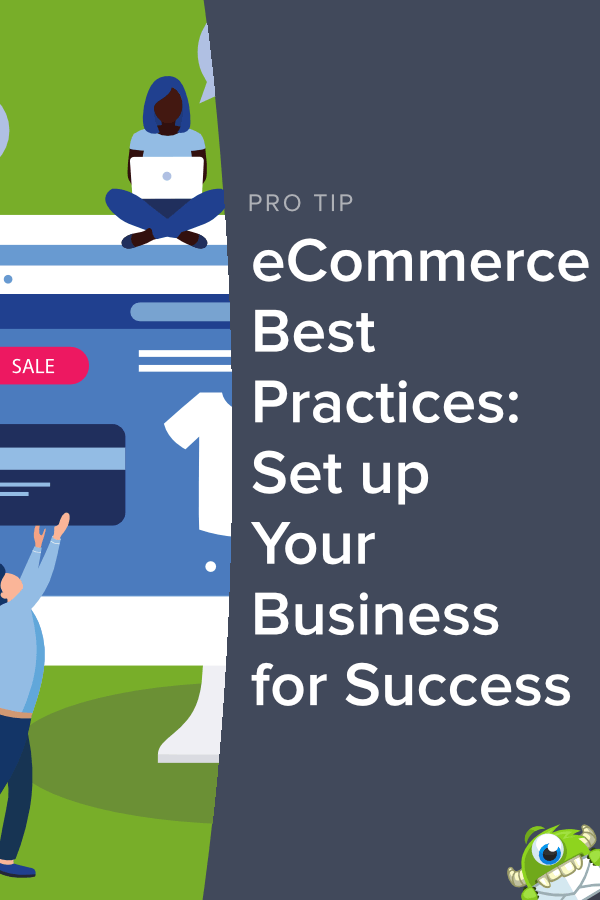
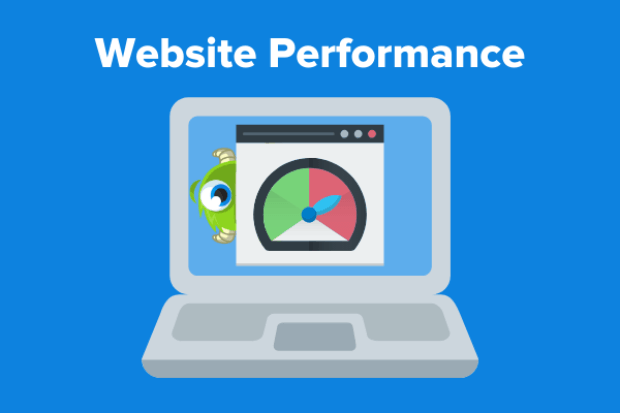
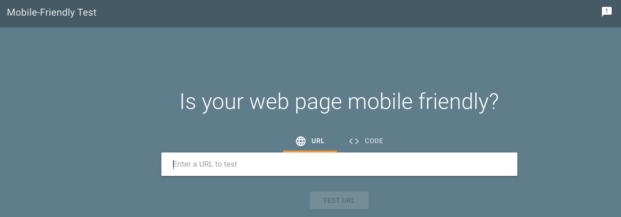

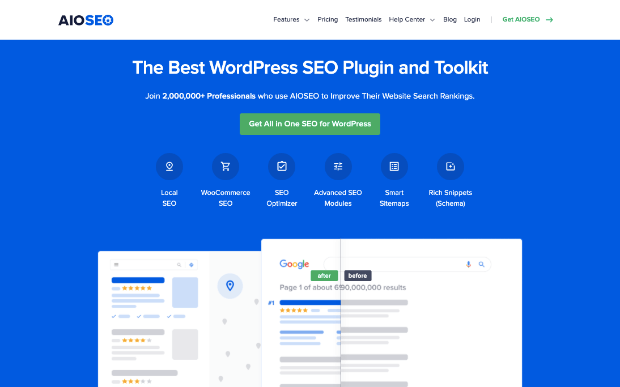

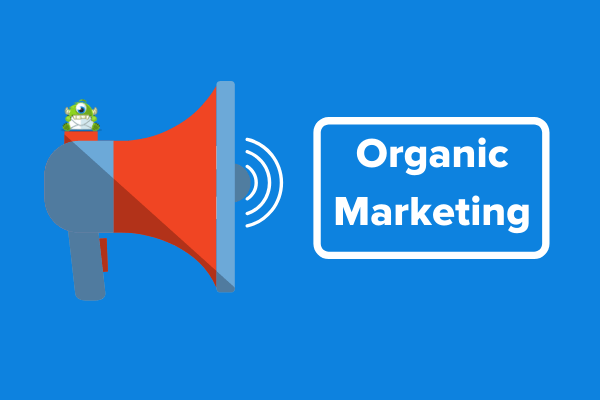
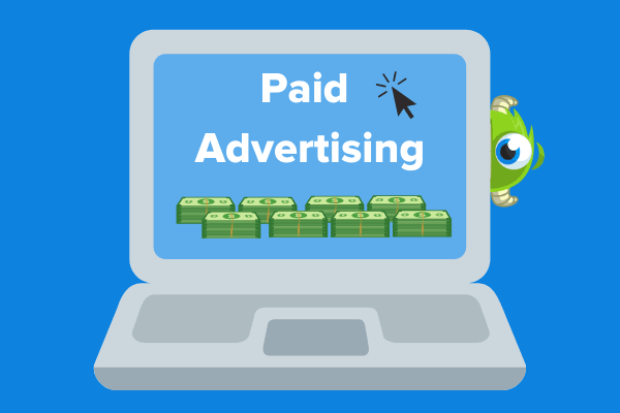
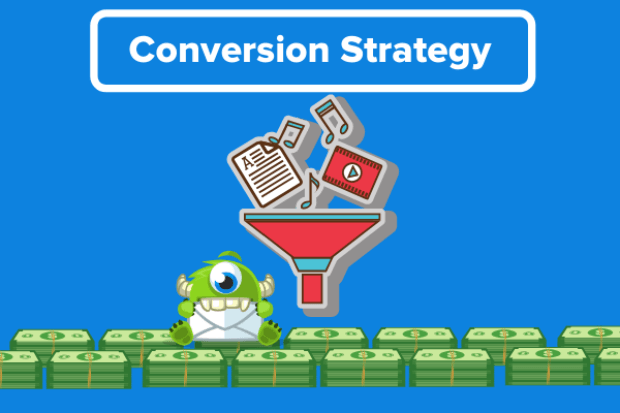









Add a Comment